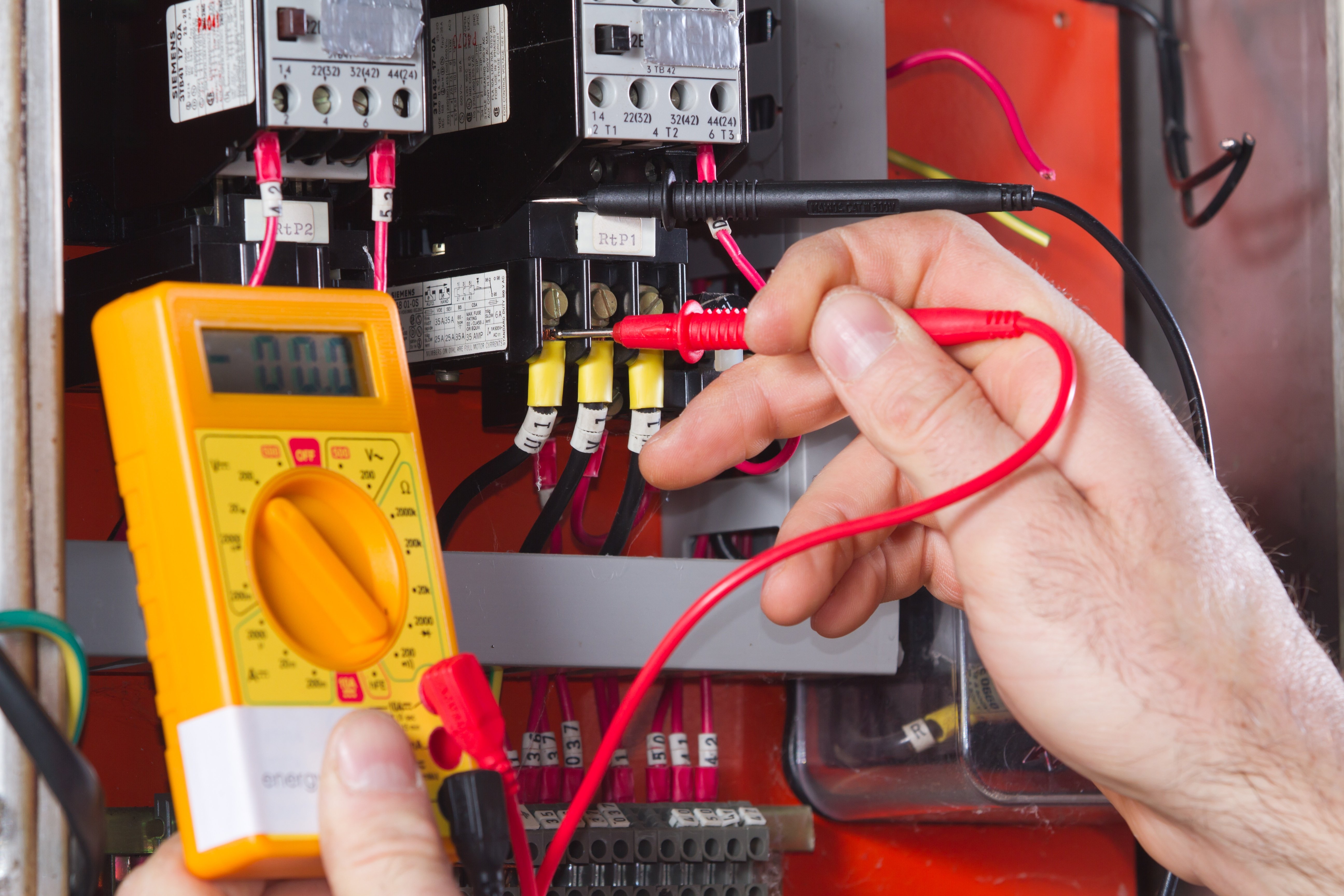Advanced BRE Automation Australia: Transforming Your Automation Requirements
Advanced BRE Automation Australia: Transforming Your Automation Requirements
Blog Article
Demystifying Electrical Installment: Understanding Codes and Rules for a Legal and Safe Arrangement
In the realm of electrical installation, adherence to codes and guidelines is vital to make certain both validity and security. The intricacies bordering electrical work can be challenging, yet acquainting oneself with the well-known standards is crucial to navigating this area with self-confidence. By comprehending the ins and outs of the National Electric Code and neighborhood building regulations, individuals can ensure that their installations fulfill needed precaution and remain in compliance with the regulation. However, the trip to debunking electrical setup surpasses mere knowledge with regulations; it requires an extensive understanding of exactly how to implement risk-free electric methods efficiently.
Value of Electrical Codes
The adherence to electrical codes is crucial in ensuring the security and integrity of electrical installments. Electric codes function as a collection of criteria and standards that dictate the proper layout, installment, and maintenance of electric systems. These codes are established to decrease the danger of electrical risks, fires, and various other security issues that might develop from defective electric work.

Moreover, electrical codes are consistently upgraded to include new modern technologies, ideal methods, and security steps. Remaining upgraded with these codes is important for specialists in the electric market to make sure that their work fulfills the most up to date safety and security requirements. Inevitably, the significance of electric codes exists in developing a secure and effective electric infrastructure that profits both people and communities.
Trick Laws for Safety And Security
Several basic laws regulate the safety criteria in electrical installments. One key law is the National Electric Code (NEC), which gives standards for secure electrical layout, installment, and examination to secure people and property from electrical risks. The NEC covers facets such as circuitry approaches, grounding, overcurrent security, and tools setup to guarantee a secure electric system.
Another important law is the Occupational Safety And Security and Health And Wellness Management (OSHA) standards, which concentrate on the safety and security of workers included in electric installments (BRE Electrical Solutions). OSHA guidelines include demands BRE Electrical for proper training, security procedures, and individual safety devices to avoid work environment mishaps and injuries
Additionally, the International Electrotechnical Compensation (IEC) standards aim to integrate electrical installment policies on a worldwide range. These standards address issues like electrical equipment safety and security, electromagnetic compatibility, and energy efficiency to advertise uniformity and security in electric setups worldwide.
Conformity with these crucial guidelines is vital to guarantee the security and legitimacy of electric installments, protecting both individuals and residential property from the risks connected with electrical energy.
Comprehending National Electric Code
Key guidelines such as the National Electrical Code (NEC) supply vital standards for risk-free electric design, setup, and inspection to make sure the protection of people and residential or commercial property from electric hazards. The NEC, likewise referred to as NFPA 70, is a detailed collection of standards for electrical installments that are updated every three years. It is established by the National Fire Defense Association (NFPA) and is commonly taken on across the USA.
The NEC covers different aspects of electric job, including electrical wiring approaches, grounding, overcurrent protection, and equipment setup. It intends to protect people and building by resolving prospective threats related to electrical systems. Compliance with the NEC is normally applied by local authorities having jurisdiction (AHJs), such as developing code officials and examiners.
Comprehending the NEC is essential for electric service providers, designers, and inspectors to ensure that installations satisfy the required security demands. By sticking to the NEC guidelines, experts can assist stop electrical mishaps and guarantee the dependability of electrical systems in domestic, industrial, and industrial settings.

Compliance With Neighborhood Building Codes
Understanding and adhering to regional structure codes is important for making sure the safety and security and compliance of electrical setups within a details jurisdiction. These codes describe certain requirements for electric installations, such as the kind of electrical wiring to be made use of, positioning of outlets, grounding methods, and tons capabilities.
When it comes to electric setups, failure to abide with regional building codes can result in significant repercussions. Non-compliant installations might present security hazards, raise the danger of electrical fires, and lead to costly penalties or legal concerns.
Guaranteeing Safe Electric Practices
Exercising rigorous adherence to developed security methods is essential in the field of electric installments to alleviate prospective dangers and ensure the well-being of people and buildings. Safety and security in electrical work incorporates different elements, starting with the correct training of workers involved in installment, upkeep, and repair work. By focusing on risk-free practices, electric setups can function successfully while lessening the possibility of crashes or damage.
Conclusion
To conclude, adherence to electrical codes and regulations is critical for making sure the safety and legitimacy of electrical installments. Understanding the National Electric Code and conformity with regional structure codes are vital for a risk-free setup. By adhering to these guidelines and exercising safe electric practices, people can prevent prospective hazards and make sure the proper functioning of their electric systems.
Report this page